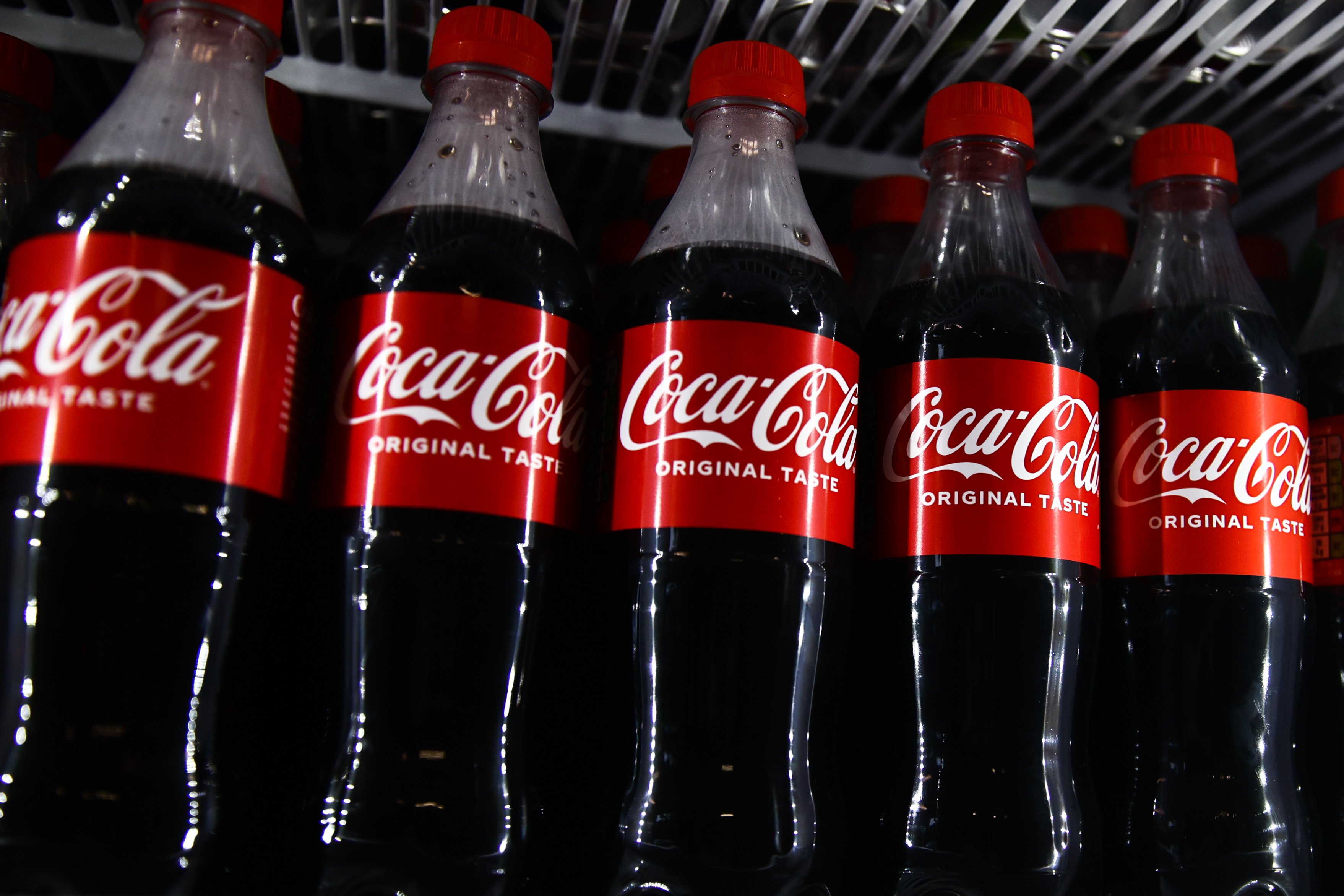At one time, Toys "R" Us was the place to go for toys. That changed when competing big box stores expanded their own toy sections, and not long after that, consumers were looking online for dolls and games, along with everything else. The company finally succumbed to the competitive pressure after filing for bankruptcy.
In this Industry Focus segment, the team looks back at what went wrong for the privately-held chain and how it might be able to right the ship after emerging a leaner, more flexible operation. That means focusing on the customer experience and giving toy lovers reasons to visit.
A full transcript follows the video.
This video was recorded on Sept. 26, 2017.
Vincent Shen: First is the story that you pitched to me, and that is the bankruptcy of Toys "R" Us, the major toy store chain. This is a private company, but I think it's pretty safe to say that a lot of the challenges that put pressure on department stores, restaurants, and other brick-and-mortar retailers are coming into play here, too. What's your take?
Daniel Kline: I think it's a bigger trend. The problem Toys "R" Us has -- I'm a little bit older than you. When I was a kid, there was nothing better than going to Toys "R" Us. The department stores did not have great toy sections the way Target and Wal-Mart do now. So the only place you could see toys was Toys "R" Us. When the newspaper came on Sunday, you looked for a Toys "R" Us circular, and that became like a comic book. And as Toys "R" Us lost that, as toys became more common -- and the toy section at a CVS is pretty good now -- it lost some of that destination. And when you add that to the fact that Amazon, Wal-Mart, and Target are all cheaper than Toys "R" Us, all of the sudden you have this store that has no reason to be.
And they should have been becoming a destination. They should have been a place where you can play games, where little kids during the day could read books and play with Legos and all these exciting things that toys do. And they completely ignored that and just sort of moved forward exactly as they were and seemed surprised when they had less customers.
Shen: And in previous episodes, Daniel, in your very varied career history, you've been at a ton of different places, had a ton of different positions. I always love your stories.
Kline: I ran a toy store.
Shen: You managed this big toy store and had experience, and you talked then about how there was an importance to bring people in with the train sets that you talked about that were really sophisticated, very cool, just to get people in the store and develop some of that traffic.
Kline: Yeah, anything you could do. We would have Lego build events, or build a model, or classes, or reading time, or we'd bring in a Pinewood Derby track, because kids build these cars and only get to use them once. So anything you could, and you would have to accept, "I'm going to generate some foot traffic that, all they want is the free stuff and maybe some advice, and they're going to buy it at Amazon or Toys "R" Us or wherever is cheapest." I had all the competitors within two miles.
But if you cultivate a customer base by being special, by being something different, people are going to buy from you. We've talked about, we had Magic the Gathering cards, which Toys "R" Us sells, but Toys "R" Us doesn't play the game. So if a kid is playing, when he comes in, he's very likely to buy a pack or two. Even if he doesn't, he's going to buy a candy bar or a soda or whatever else you might have. And Toys "R" Us has not done anything to court that audience. They don't even do a lot of midnight openings to sell when new Star Wars toys come out, or whatever it is. They say they're going to do that. Their turnaround plan includes that. And they were absolutely constrained by the fact that they had so much debt that they couldn't invest a lot in their stores, or even justify, "We're going to take this out of the box and show it to someone." But, they have to go back and give a reason for people to be there, because if I'm going to go on price, Amazon has it, it's cheaper, I'm done.
Shen: We've talked about similar trends in recent episodes where, sometimes it's not about having the right inventory at your store to move a lot of merchandise, but to bring people in, build a little bit of that loyalty, connection to your brand. That can be enough to cultivate, as you said, that core customer base that you need.
Kline: Yeah. I found that most customers, once I connected with them -- if you saw someone coming in week after week, even if they were just browsing, and you chatted with them and it was eventually a relationship, when a birthday came around or Christmas, they would shop with us. So, you have to accept that if you have a really cool toy store, whether it be a Toys "R" Us or where I used to run, people are going to come in and not buy anything, because there's no occasion for them to buy a toy. And you have to support that and still make it fun, and eventually you'll get their business.
Shen: A little bit of background for Toys "R" Us, because you touched on a few things that I think ended up becoming a bit of a one-two punch for the company. In the past few decades, Toys "R" Us was, for me, too, when I was a kid, basically the leading toy store to go to. Now, they filed for bankruptcy protection. The biggest competition, call it 15 or 20 years ago, was more from their fellow big box stores. Think a Wal-Mart, for example. Wal-Mart was able to grab market share, and part of that was a combination of, they offer very low prices on the price competition side of it, but also, you make the trip to buy toys for your kids easier by having it be a part of your huge, big box store experience.
Kline: Wal-Mart and Target have traditionally used toys as a loss leader, to the point that when I ran in the toy store, I would go buy certain games at Target, because it was cheaper than I could buy them at pretty big quantities from the supplier. And you're right. If I'm a parent -- I am a parent -- and I want to go grocery shopping, there was about two years where, the price of a Hot Wheel car, which is $0.97, would get me through a shopping trip. If my son was good, he got to pick out a car. That was worth it to me, and it made Target a very valuable destination over a supermarket.
Shen: Absolutely. From the early 2000s, I feel like that was the main competitive push for them. And then in 2005, it's important to know that the company was taken private by a group of private equity firms and a real estate developer. They paid $7 billion to take Toys "R" Us private. And they wanted to apply the usual formula in a deal like this, where they close underperforming stores, they cut costs, they streamline the operations. And I believe they did see some early success in those first couple of years after 2005 where they had the top line grow over 20%, profitability was expanding.
And here's the part I actually experienced personally -- after they filed for an IPO in 2010, the deal was never really able to pick up steam after the financial crisis. Comparable store sales were starting to weaken. And I worked in the banking industry at this time. I remember seeing Toys "R" Us and their IPO in the upcoming offerings that we looked at and it always had a TBD, or to be determined, timeline. And as we know, in 2013, the company ended up withdrawing that IPO. Funny enough, again last year, there were reports in the news that after over a decade with these private equity firms tied up in Toys "R" Us, they haven't been able to harvest their investment, they were thinking that 2017 might be the year for them. But obviously, the results have not come out the way they wanted to, and that's fallen by the wayside again.
Kline: The problem has been, when you have a heavy load of debt and you're just trying to stay open, the reason the bankruptcy filing came now is, rumors of the bankruptcy filing got out, and a lot of their suppliers said, "We want cash." And Sears has had the same problem. Heading into the holiday season, I don't know which suppliers, but let's say they call up Hasbro and say, "We want $50 million worth of inventory." They're saying, "We want $35 million down." And that becomes, even if your operations are doing OK, you don't have the cash for that. So they're going to come back from this, mostly because the toy companies are going to be forgiving because they want Toys "R" Us as an outlet.
But hopefully for them, this frees up some capital to combine some Toys "R" Us and Babies "R" Us locations. That's part of the plan. So in places where they're not operating side by side, to put Babies "R" Us in with Toys "R" Us. And to make Toys "R" Us locations the interactive destination. I still don't think I love their plan there, they're not doing enough to cater to the hardcore toy gamer adults and teenagers who buy the Collectibles and the $60 board games, where they could really stand out, where Barnes & Noble has a niche but hasn't done that well. But they do seem to be earmarking about, it's $290 million in capital to make some of those changes, which is money they couldn't spend under the current pre-bankruptcy setup.
Shen: And that's the problem. You mentioned, they had $5 to $6 billion of debt on their balance sheet all these years. And your annual interest payments for that coming out to $400 million or more, that's a lot tied up in those payments, leaving management very little to be able to reinvest in the business and grow it as conditions, in terms of competition, came in.





